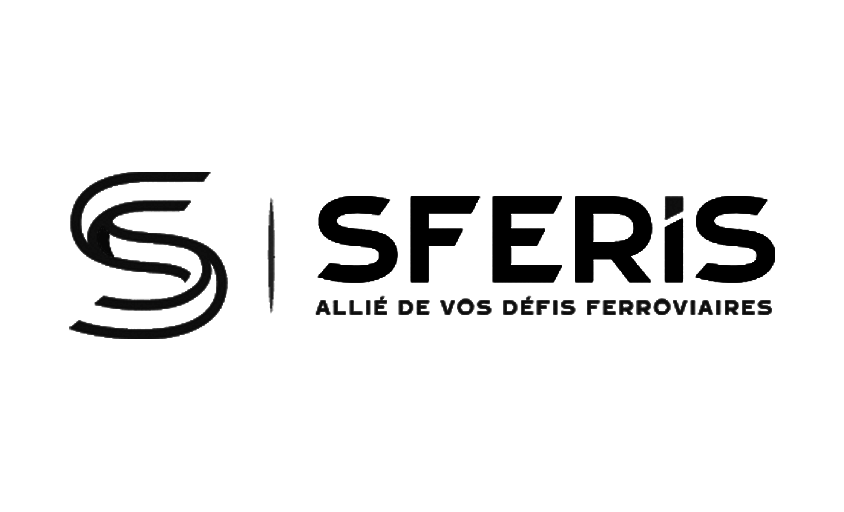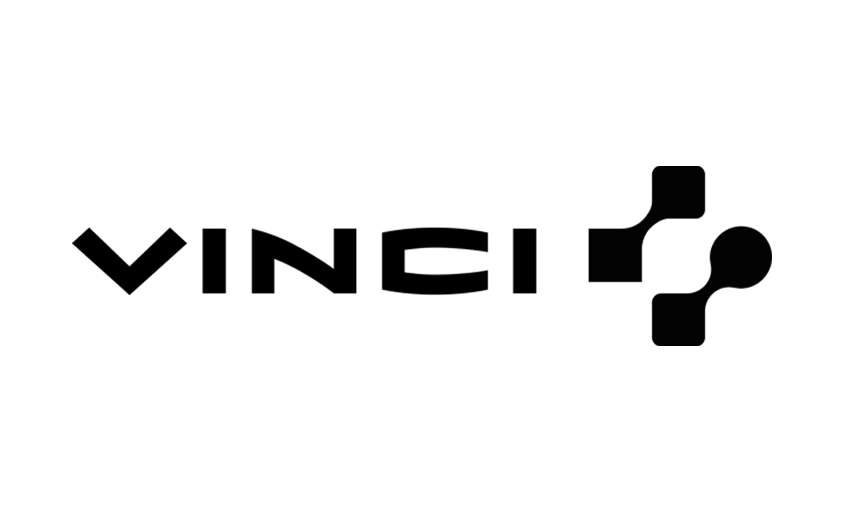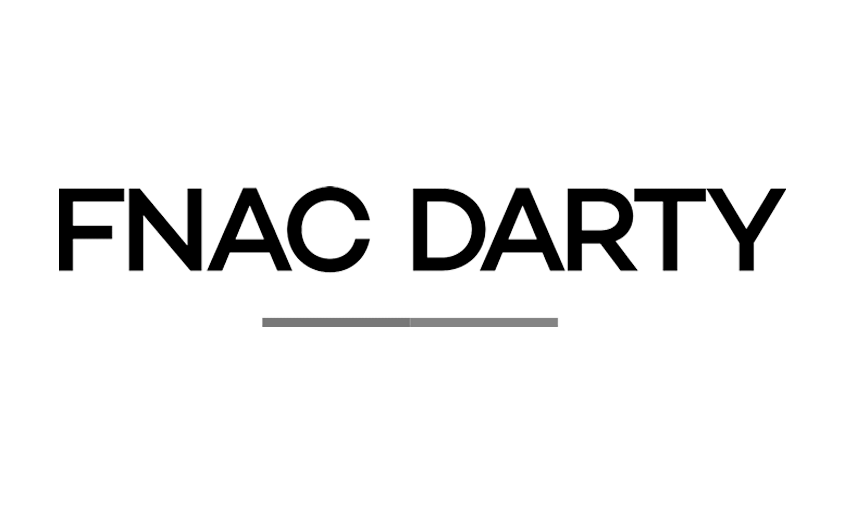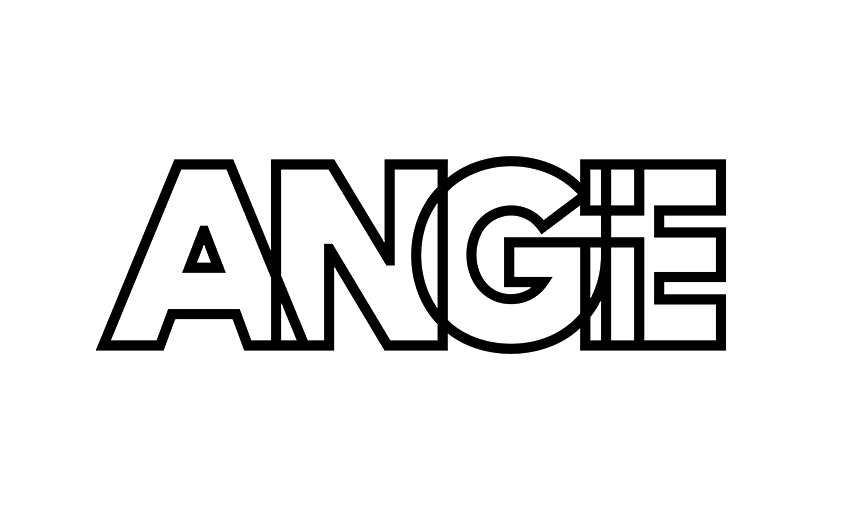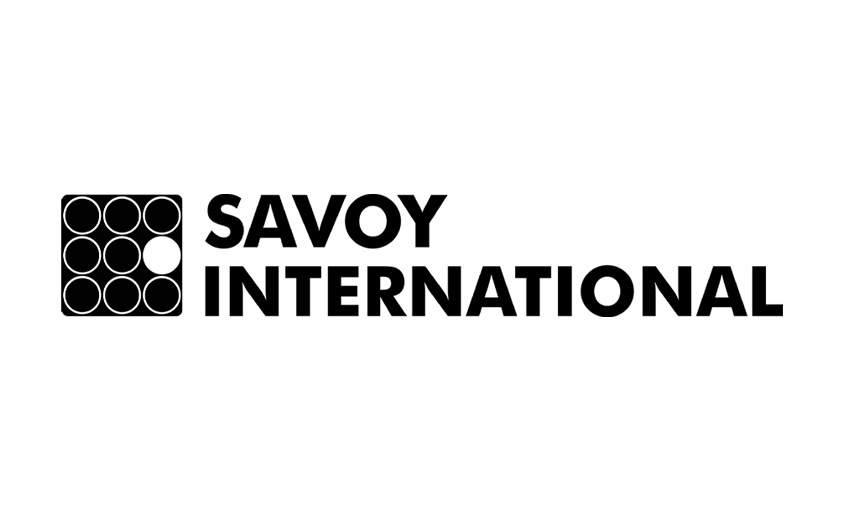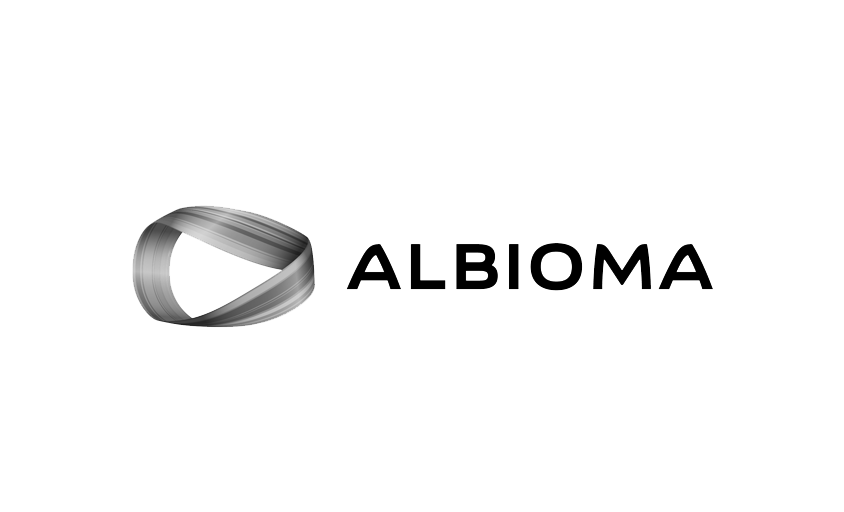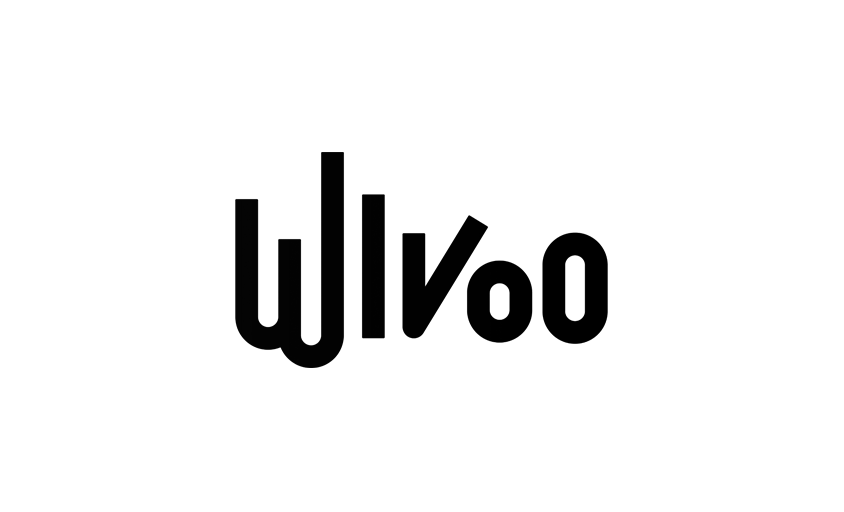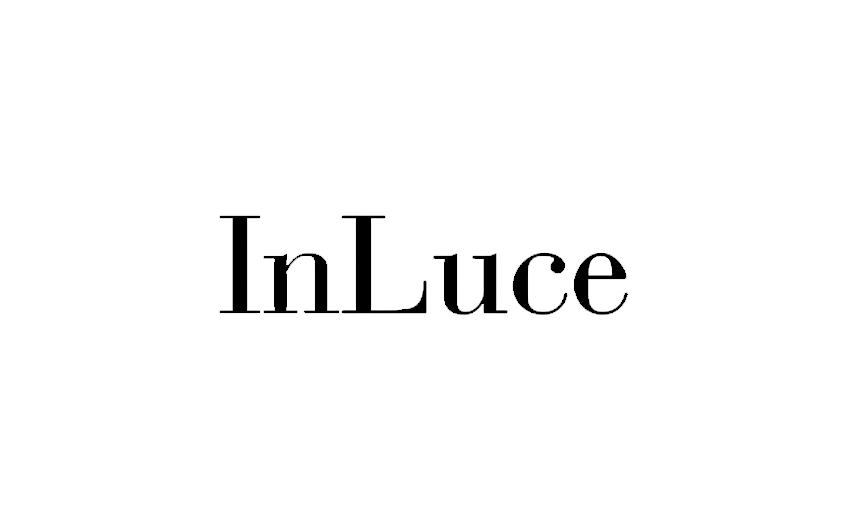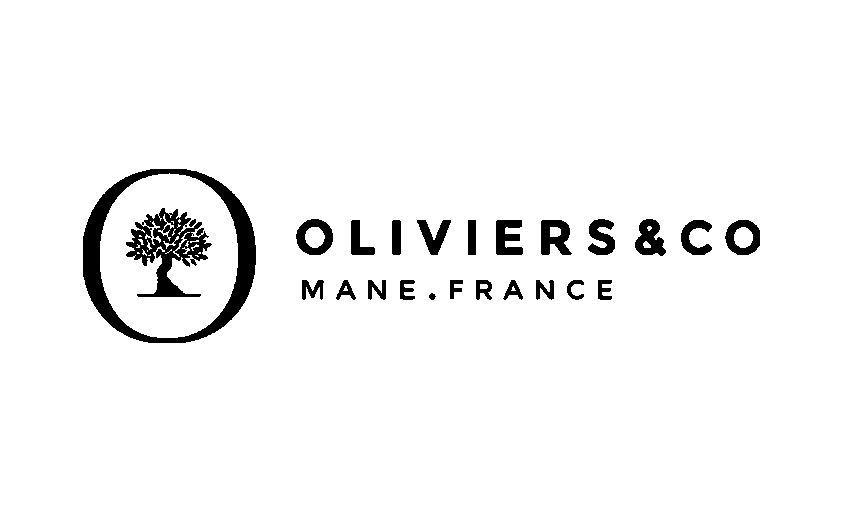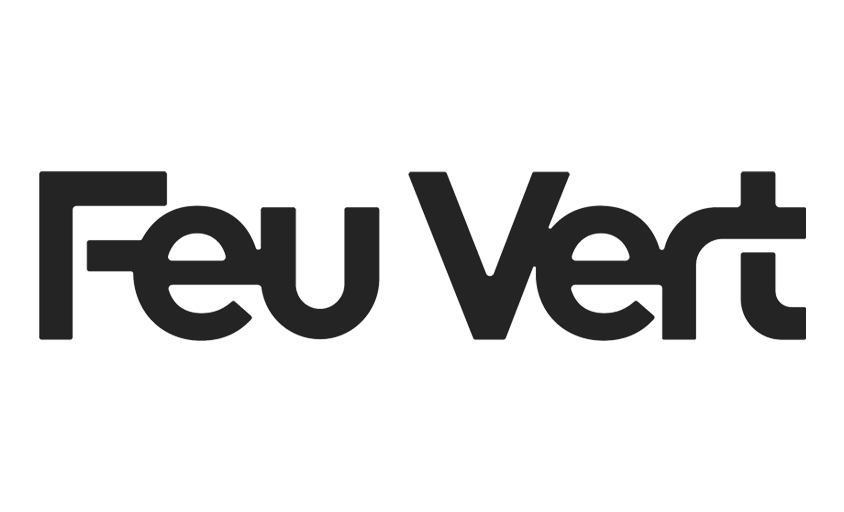Website design: don’t forget the visuals
In this article :
Creating a website isn’t just about putting together blocks of text and a few images. It’s a strategic project that shapes a company’s visual identity and influences the user experience. A successful website must be visually appealing, user-friendly, and performant, while also optimized for search engines.
In this process, the web design agency plays a central role, but so does the photography team, since images capture attention, reinforce the brand image, and contribute to smooth navigation. Yet, their importance is often underestimated or considered too late. From the earliest stages of website design, it is essential to anticipate the selection and production of visuals to ensure strong graphic consistency and an optimal immersive experience.
This article explores the key stages of website creation, highlighting the importance of an integrated approach where web design, photography, and technical development complement each other for impactful and efficient results.
Defining website objectives and identity: laying solid foundations
Before diving into graphic and technical design, it’s essential to have a clear vision of the website’s goals. This step shapes the project’s architecture and directly influences visual choices.
What Are the Objectives of a Website?
Every company has different expectations for its digital presence. A website can be designed to:
- Showcase a company and its services: A corporate site should reflect the brand’s image and highlight its expertise through thoughtful storytelling and impactful visuals.
- Generate leads or sell online: E-commerce sites and service platforms require product photography and engaging visuals to effectively convert visitors.
- Share content and build a community: A blog or digital magazine relies on images that complement articles and enhance the reading experience.
- Develop a strong visual identity: Striking design and original photography help assert a brand and create an immersive universe.
Anticipating Photography from the Start
Images are not just decorative elements on a website: they define the visual identity and strengthen the impact of the message. From the design phase, it is essential to integrate photography into the overall project strategy, choosing a visual style aligned with the brand and its positioning.
A high-end website will rely on minimalist, clean visuals, favoring simple compositions and neutral backgrounds that highlight the products or services offered. Conversely, a brand aiming to establish a more emotional connection with its audience will opt for a lifestyle and authentic style, capturing everyday scenes or natural human interactions. Finally, a B2B or institutional company will require corporate visuals, showcasing its expertise through professional portraits, modern offices, or images illustrating its workflows.
Choosing the right photography requires careful consideration. While stock images can be convenient, they often provide impersonal, undifferentiated visuals. A professional photo shoot allows for the creation of unique visual content, consistent with the brand and tailored to the various needs of the site: impactful homepages, service or team highlights, images illustrating blog articles, and more. By integrating this dimension from the very start of site design, a smooth user experience and a strong, memorable visual identity are ensured.
From Web Design to User Experience: Creating a Memorable Website
Once the objectives are defined, it’s time to design the site. This is where the expertise of a web design and development agency comes into play, structuring the interface, considering ergonomics, and optimizing the user experience.
Creating a Harmonious and Fluid Web Design
An agency like Anthedesign knows how to build an interface that combines aesthetics and performance. It designs a visual identity that must be consistent with the company’s brand universe. Images play a structuring role in this design and directly influence visitors’ perceptions.
- Full-width visuals (hero images) immediately capture attention and create a strong first impression.
- Illustrations of services or products should be carefully crafted to enhance the appeal of the offer.
- Testimonial and team pages gain authenticity with portraits taken under optimal conditions.
- Blog articles and enriched content become more engaging when paired with relevant images.
Photography: A Key Element for a Professional Result
Before starting website design, it’s essential to plan the production of images that will structure and illustrate the different pages. A successful photo shoot relies on a precise brief, defining not only the subjects to be photographed (team portraits, premises, products, staged scenes…) but also the visual style to adopt. A minimalist website will favor clean shots with natural lighting, while a dynamic, immersive brand will opt for more vibrant and staged images.
Quality photography goes beyond just a good shot. To ensure optimal results on a website, the technical constraints of digital display must be considered. Colors should be faithful and consistent with the site’s graphic identity, while contrast and lighting must avoid areas that are too dark or overexposed, which could hinder readability.
Additionally, each image must be optimized for fast, smooth display. Files that are too large slow down page loading and negatively affect user experience and SEO. A skilled photographer manages this technical preparation, adjusting dimensions and compressing files without compromising quality.
Development and Launch:
From Design to Development: A Crucial Technical Phase
Once the design is approved and the content finalized, the website enters its development phase. This is when the web agency transforms the graphic mockups into a functional, interactive site. This stage relies on a robust technical architecture, ensuring fast loading times, smooth navigation, and SEO optimization.
One of the essential aspects of development is image management. Poorly optimized visuals can significantly slow down a website, negatively impacting both user experience and search engine ranking. The agency ensures that files are compressed without quality loss, resized appropriately for different screens, and equipped with ALT tags to improve accessibility and indexing by search engines.
Ensuring an Optimal User Experience
A good website should not only look attractive but also perform efficiently and be accessible across all devices. Implementing a responsive design is crucial to guarantee smooth display on desktops, tablets, and smartphones. The goal is for each element to automatically adapt to the screen size without compromising readability or navigation.
Ergonomics also play a key role: intuitive menus, well-placed buttons, smooth animations… Every detail is optimized to provide an immersive and pleasant experience for visitors. This phase also includes integrating contact forms, image galleries, and other interactive features to facilitate user engagement.
Pre-Launch Testing: An Essential Step
Before officially going live, a series of thorough tests is conducted to detect potential issues and ensure everything functions perfectly. Key checks include:
- Multi-device display: Ensuring the site loads correctly on all devices and browsers.
- Loading speed: Identifying and fixing slowdowns caused by large files or poorly optimized code.
- User experience: Testing navigation fluidity and content accessibility.
- Image integration: Ensuring images display correctly without distortion or quality loss.
Once these verifications are complete and necessary adjustments made, the site can finally be launched. This final step marks the beginning of ongoing monitoring, with performance tracking and continuous adjustments to ensure lasting effectiveness and adaptability to evolving web standards.
A Successful Website Relies on Controlled Imagery
Designing a website is a demanding process that requires a strategic vision and meticulous work. An effective website is not only visually appealing; it must also provide a smooth user experience, meet technical web standards, and faithfully reflect the company’s identity.
The integration of visuals is a decisive step: anticipating photography from the design phase ensures visual coherence and guarantees a professional result. A carefully crafted web design, combined with high-quality images optimized for digital use, maximizes the site’s impact and its effectiveness in terms of conversion and SEO.
By collaborating with web and visual experts, every digital project can reach its full potential, offering visitors an intuitive and immersive navigation experience. A comprehensive and well-thought-out approach makes all the difference between a simple website and a truly engaging, high-performing digital platform.
Jérémy Carlo is the editorial director at Rétines, where he ensures the consistency and clarity of all content produced by the studio.
Our Clients
Let’s discuss
What we do for you at Rétines
Meticulous work, an organised project and fast delivery. And to achieve this, we mobilise the right resources in our teams at the right time.
01
Pre-production
Artistic and technical direction tailored to the project.
Relevant recommendations on content, form and resources.
02
Photo Shooting
Photos taken by our experienced photographers.
Production that’s controlled, efficient and tailored to the needs of the project, with nothing superfluous.
03
Retouching
Technique
Photographs magnified by our retouching team.
Post-production to meet the commercial challenges of the brief.

